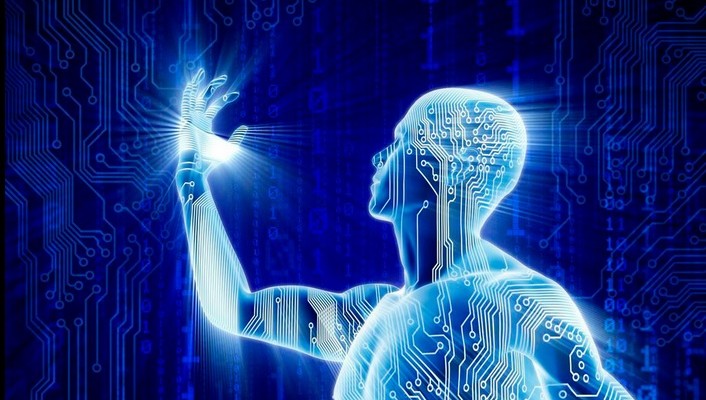Microcurrent Point Stimulation (MPS)
If acupuncture and neurology had a love child, it would be MPS, says Jennifer Woodson, a massage therapist and licensed MPS technician. Adding to the flower-child vibe, the procedure is sometimes called “dolphin therapy” after the sonorous “ping” the device makes while being used. “I joke around [with clients] and ask them if they want to be dolphinized!” says Woodson.
This can be used to treat a lot of conditions, from back and neck pain to scarred tissues to migraines. The device looks like a fat pen and emits an electrical impulse at low frequency. It’s similar to TENS units used by chiropractors—but the chiros use a higher frequency and Woodson says a low frequency is better at addressing the neurological level of the body, which is the source of pain.
Woodson places the MPS device on the same meridian lines as acupuncture, tracing certain points that stimulate the parasympathetic nervous system. “If there’s issues from the waist down, I start with the back first before doing anything else. If you have [issues above the waist], like tennis elbow, I start with the neck. I’m starting at the source” not necessarily the physical location of the pain, says Woodson.
Her clients say treatments, especially on the back, can induce a euphoric feeling like a runner’s high. “It increases endorphins, the body’s natural pain killer,” Woodson says. There’s also sometimes stiffness, but Woodson says that’s a sign of the body realigning itself and is a good thing.
“Chronic issues can take longer, but most people can see results from one to two treatments and a majority of people will notice a reduction in pain somewhere around 85 percent,” she says.
But be aware: This is not for use on pregnant women or those with epilepsy or pacemakers. Costs are out-of-pocket, but are equivalent to what you’d pay for a good massage.

